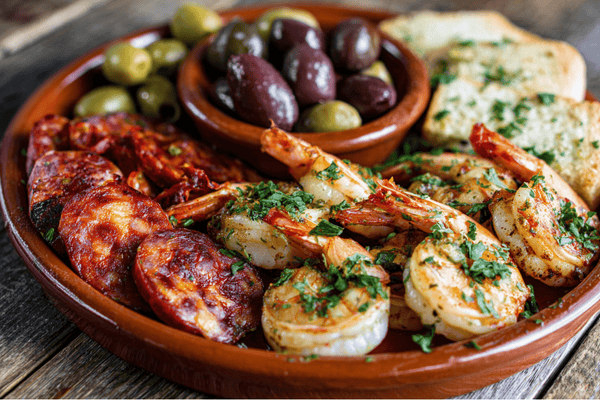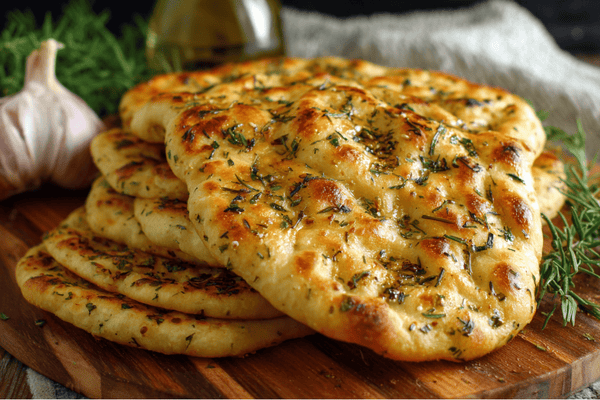 Keeping your knives sharp is really important. Not only will this allow for a more clean and consistent cut but it’s also far safer. While it might come as a surprise, a dull knife is actually more dangerous than a sharp one.
Keeping your knives sharp is really important. Not only will this allow for a more clean and consistent cut but it’s also far safer. While it might come as a surprise, a dull knife is actually more dangerous than a sharp one.But if you want to sharpen your knife properly then you must make sure that you sharpen it to the correct angle and this is where people start getting confused. Even the mere mention of angles can cause utter confusion and fear toward knife sharpening.
Knife angles do not need to put the wind up you because once you wrap your head around them, they’re actually quite simple to understand. In this guide, we want to explain to you how a whetstone angle guide can be invaluable when it comes to using your sharpening stone.
Table of contents
What Is a Whetstone?
 In the simplest terms, sharpening stones are used for sharpening knives and other tools. These stones typically have two sides; one coarse and one finer side for finishing. The coarser side of the whetstone removes any burrs from the metal and any rough edges while you use the finer side to really sharpen knives and to achieve that super-sharp edge.
In the simplest terms, sharpening stones are used for sharpening knives and other tools. These stones typically have two sides; one coarse and one finer side for finishing. The coarser side of the whetstone removes any burrs from the metal and any rough edges while you use the finer side to really sharpen knives and to achieve that super-sharp edge.While there are some people that prefer to use their whetstone dry, many would agree that using water or oil ensures less friction while sharpening your knives. If you are going to soak your whetstone before use, it’s typically recommended to do this for 24 hours although some people do only soak it for an hour or two.
Understanding Knife Angles
When we talk about sharpening a knife, one of the things we refer to is the knife angle. This can be a scary concept if it’s one you aren’t familiar with but there’s no need to worry. When you buy your knife, it will have been sharpened to a very specific degree angle. What degree this is will typically depend on whether it is a European or a Japanese knife.With Japanese knives, the blade angle is usually much tighter and is normally somewhere between 12 and 15 degrees. Whereas you will find that most Western knives have an angle between 20 and 22 degrees. What this means is that a Japanese knife is much sharper than its Western counterpart.
The problem with this tight angle and a super sharp blade is that these Japanese knives are a lot more delicate and they’re far more prone to damage such as chipping. When you use the knife to cut into dense foods, you need to be careful not to destroy the edge.
What Is a Whetstone Angle Guide?
 When it comes to sharpening your knife, most people will want to keep as close as possible to the same angle to which the knife was originally sharpened. There are people that alter this angle according to how they use the knife but this is a more advanced subject that doesn’t matter too much to beginners.
When it comes to sharpening your knife, most people will want to keep as close as possible to the same angle to which the knife was originally sharpened. There are people that alter this angle according to how they use the knife but this is a more advanced subject that doesn’t matter too much to beginners.Getting the appropriate sharpening angle can be tricky when you haven’t done it before, but a knife sharpener angle guide is a tool that will aid you in getting the right angle for sharpening and maintaining a consistent angle. There are many different types of sharpening guides but it’s important to keep in mind that these are not designed to actually sharpen the blade; only to guide you.
Whetstone angle guides are simple to use and they’re generally good for use with pretty much any type of knife. There are a few exceptions to this but that’s something for later on.
This particular type of sharpening guide slides onto the spine of the knife blade; I told you it’s easy to use. It’s important to try and place the guide so that there is an equal distance between the heel and the tip; in short, try to make sure it’s at the centre. Once you have the guide in place, you are ready to get sharpening and you won’t need to worry about sharpening manually at a constant angle as the guide will do this for you.
Pros of a Whetstone Angle Guide
There are a lot of plus points about using a whetstone angle guide. Primarily, they are a pretty much foolproof method of achieving the desired sharpening angle; it’s literally a case of sliding it onto the knife and starting to sharpen. You can’t really go wrong. Even if you’ve never used one before, you’ll still end up with impressive results, although a little practice never hurt anyone.What’s more, getting this type of guide set up takes no time at all. In fact, it takes mere seconds to apply the guide to your knife and you don’t need to worry about estimating angles to achieve your sharp edges, as the guide takes care of everything for you.
The whetstone angle guide is also favoured because it will help you through the entire sharpening process. It remains attached to your knife from when you begin sharpening until you finish and there’s no need to adjust it, which isn’t something that can be said for other types of angle guides.

Cons of a Whetstone Angle Guide
There is one downside to using a whetstone angle guide on your kitchen knives and that is that these guides are only able to help with a single angle. For the most part, this will be sufficient but if you want something more versatile, then this probably isn’t the right type of angle guide for you.Why Should You Buy a Whetstone Angle Guide?
You might think that buying a whetstone angle guide is a pointless venture. But there are many reasons that you should consider this a good tool to have in your armoury.For example, if you are looking to learn how to properly sharpen a kitchen knife using a stone then this is an accessory that would really benefit you before your start sharpening. It’ll allow you to get off on the right foot and will eliminate the need for any guesswork. Using a whetstone takes some skill at the best of times without having to worry about guessing the angles. This then allows you to focus much more on actually sharpening the blade and getting to grips with things like grits and strokes.
Another reason you might consider buying a whetstone angle guide is if you have found it difficult to get good sharpening results in the past. This happens to a lot of knife owners and it certainly wouldn’t be seen as admitting defeat if you chose to use a guide.
Learning to sharpen a knife without a guide takes a serious amount of patience, practice and trial and error. This can be infuriating but all of that is taken away when you use a whetstone angle guide. In an instant, you will start to see the results you have been dreaming of as the guide will be able to highlight where you’ve been going wrong and allow for much greater accuracy.
What Can I Do If I Don't Want to Use a Whetstone Angle Guide?
We don’t all like to do things in the same way and that’s completely understandable. If you have never tried using a whetstone angle guide or simply don’t think that this is the right tool for you, then there are other options. One way is to work out the sharpening angle using a simple equation. You’ll find the steps for this below.● With freehand sharpening, place your whetstone on a flat surface then start by holding the knife so that the spine is perpendicular to your whetstone.
● Now, since the knife is at a 90-degree angle, you’ll need to half this, which leaves you with 45 degrees.
● Half this number again and you end up with 22.5 degrees. If you then tighten the angle slightly, you can achieve your desired result.
● You must make sure to hold the knife at this desired angle for every sharpening stroke.
● When you’re done, test the sharpness of the knife on a piece of paper. If it cuts right through with no resistance, you’ve done a good job!
There are other ways you can work out the angle without a guide. Here is a popular method that’s been proven to be successful time and time again. In the example below, we are going to assume that we want to sharpen the knife to a 20-degree angle.
- Start by measuring the distance between the edge of the knife and the spine at the heel. Whatever figure you get, divide this by three. Let’s assume that the measurement was 1.8 inches; dividing this by three would result in 0.6 inches.
- You will now use this figure to sharpen your knife to 20 degrees and it will determine how high you need to raise the spine before stroking the blade across the stone.
- Simply take a ruler and measure this distance up from your stone and you have your angle. It really is that easy.
Final Thoughts
It is so important to keep your knives sharp. If you don’t maintain a sharp edge, your knives won’t perform as well, and could even be dangerous. But it can be tricky to get the angle just right when using a whetstone. Using a whetstone angle guide takes all the stress out of the process.


